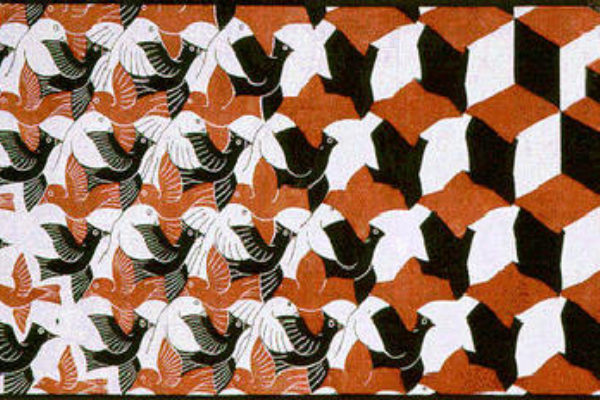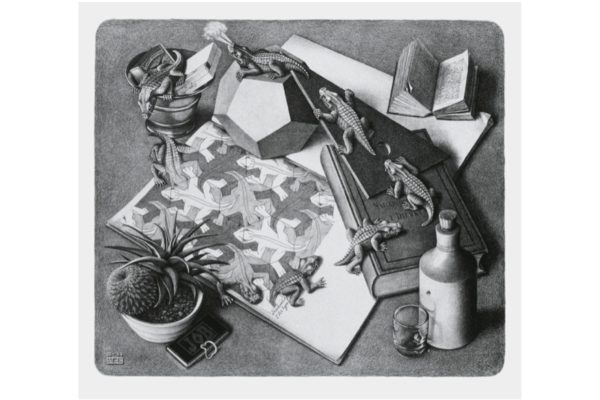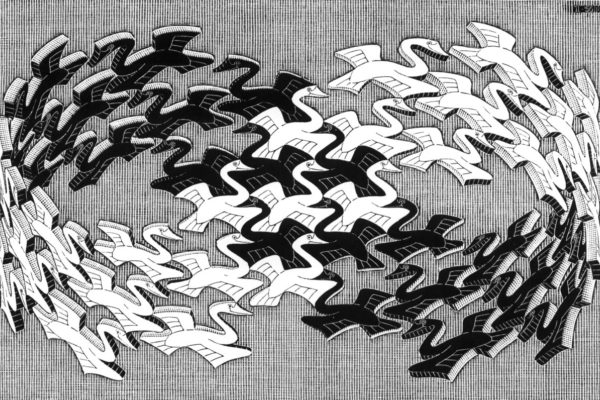
All too many companies think they will be great by accident.
It is unlikely that the recipes for greatness are one of the following:
A) Operating in whatever way people see fit right now
B) Doing what seems natural in light of the things in front of you
C) Operating according to the general norms people learned working at other companies before this one.
Perhaps other factors—a breakthrough product, a large head start in a winner-take-all industry—will lead a company with a middling way of operating to great success. But as the observation of best-seller lists and pop charts remind us, there’s a difference between great success and greatness.
Valve has a nearly two-decade-long record of standout success: as maker of games like Half-Life, Portal and Counter-Strike, as well as the social entertainment platform Steam and the game engine Source. Their revenue per employee is greater than Google, Amazon or Microsoft. And they have a specific philosophy of how they produce these results, articulated in their highly-entertaining and deeply provocative employee handbook. In my own paraphrase, Valve’s way of operating is anchored in four ideas:
- Complete self-organization on all levels, with no formal hierarchy
- Peer accountability, reinforced through a stack ranking system in which peers establish one another’s value
- Tremendous focus on hiring (“when you’re working on hiring, everything else you could be doing is stupid and should be ignored!”)
- Ensuring all other design parameters reinforce these (e.g., 100% self-funding)
One can’t argue with Valve’s success—in the form of either magnitude or longevity. One can always debate causality in the linkage between design and outcomes. However, in this case it’s impossible to deny that radical design choices have contributed to unusually strong sustained outcomes. The interesting question that follows for the rest of us is about how generalizable this lesson might be: who else should operate more or less as Valve does, and in particular, who should adopt the principle of “no hierarchy”?
Seven things stand out about Valve that makes their business and their way of executing that business a fit for their way of organizing:
- Passionate consumers who provide rapid feedback on the quality of design decisions
- A business model in which success generates very high margins, such that effectiveness counts dramatically more than efficiency
- Room for discretion on the timing of outputs
- A long-term employee base, that does not need to grow at a tremendously rapid rate
- Relatively simple compliance needs
- Low complexity of cross-institutional relationships (e.g., large enterprise customers, joint ventures, M & A)
- Low to moderate capital intensity
Feedback loops are critical to high performance. Valve substitutes two very strong feedback mechanisms for the traditional feedback mechanism of hierarchical management: intense consumer feedback and exceptionally rigorous individual and aggregated peer feedback. Think of these as two dials turned up very high, as the dial of management is turned much lower than a general corporate norm.
Turning the dial of consumer feedback doesn’t just happen, it is a discipline. A quote from the Valve employee handbook:
Accepted truisms about sales, marketing, regionality, seasonality, the Internet, purchasing behavior, game design, economics, and recruiting, etc., have proven wrong surprisingly often. So we have learned that when we take nearly any action, it’s best to do so in a way that we can measure, predict outcomes, and analyze results.
The peer feedback discipline stands out as far deeper than what exists in nearly all other organizations: a set of people, different each year, interview every employee and gather feedback about each colleague they’ve worked with, which they then sort, anonymize and deliver. The strength of these disciplines that substitute for the feedback and coordinating mechanism of hierarchy demand a relatively stable employee base, and would fray with more rapid growth. Valve has generally grown 10 to 15 percent per year, 20 percent in the most rapid periods. They’ve been able to generate more rapid business growth than employee growth because they operate in a hit-driven business with high operating leverage. Valve has important business-to-business linkages as a platform provider, but these linkages are low-complexity. A business either uses their platform or doesn’t. What needs to be verified can be verified through use – Valve is a business of products and platforms, not a business of promises.
The announcement of Zappos’ move to “holacracy” will be interesting to monitor along these lines. As contrasted with Valve, Zappos is larger, lower-margin, higher-turnover, has a more complex institutional relationship with Amazon at its core and is more fundamentally geared to reliable repeat delivery. For all that, if one mapped all businesses of comparable revenues in terms of closeness to Valve on the seven attributes above, Zappos would be closer than most.
Rather than taking from the Valve case the principle of “no hierarchy,” the most powerful lesson HERE is the principle of designing a way of operating to fit a vision of what it will take to be extraordinary.
The designs will be different for different enterprises. Hierarchy is a design element that does fit into many, but far from all enterprises. And where there are better alternatives, as in Valve’s case, the corresponding feedback loops must be designed with sufficient strength and rigor to more than offset the coherence that hierarchy could potentially provide.



